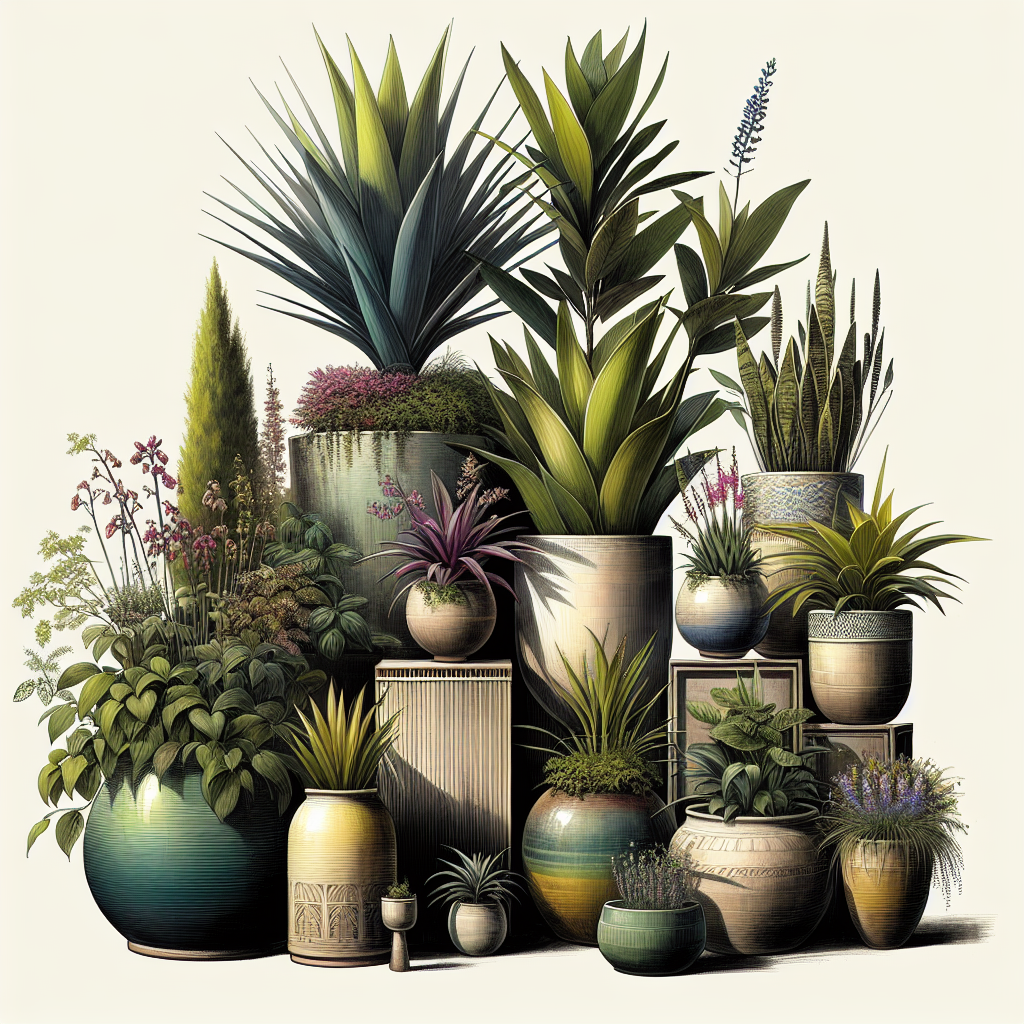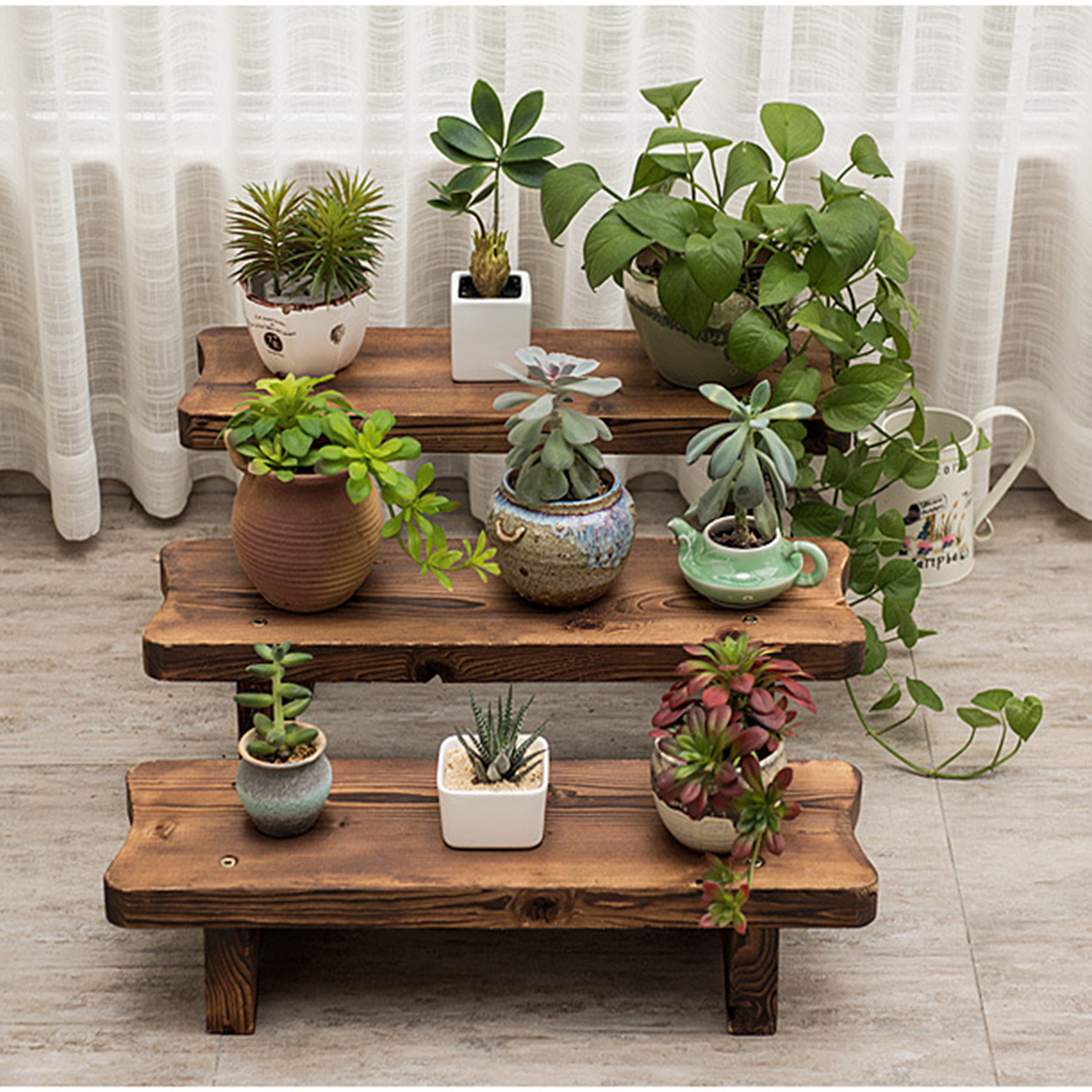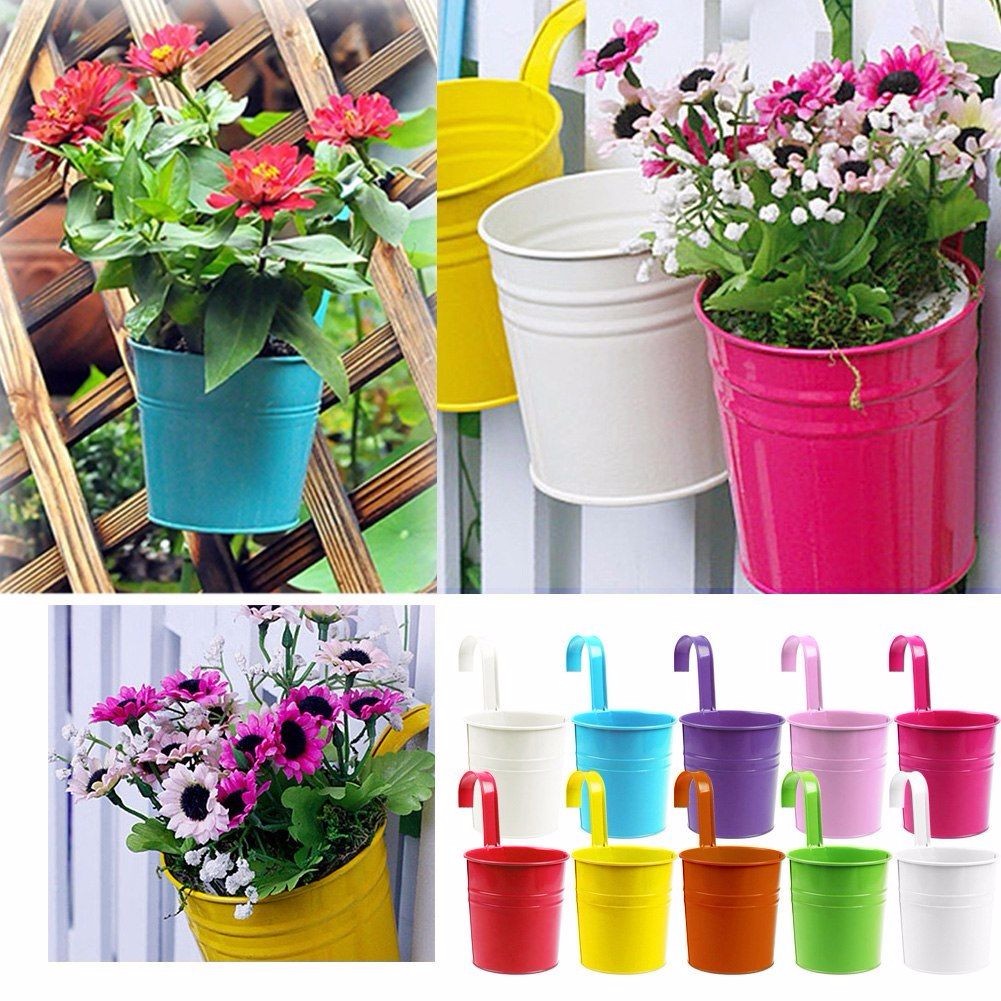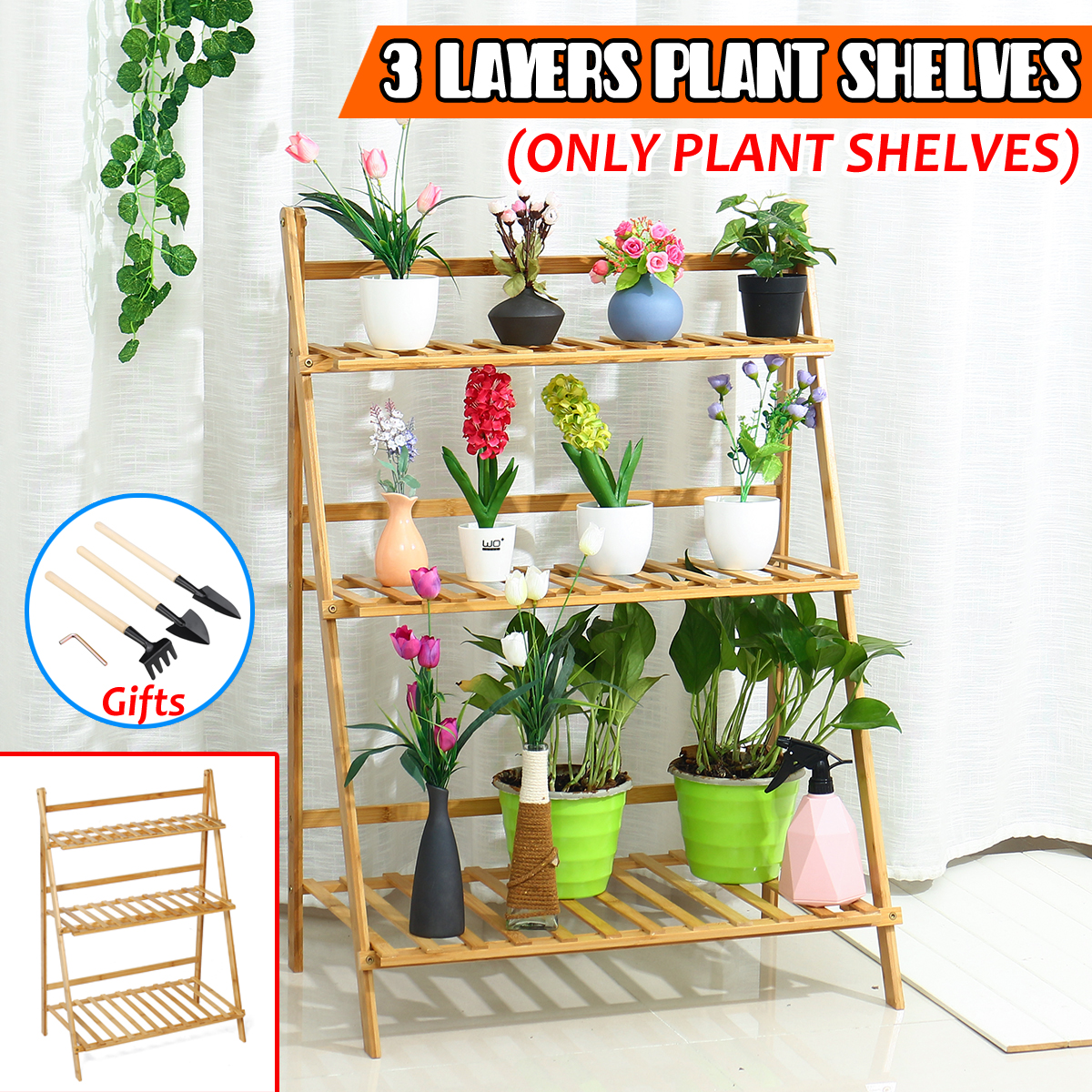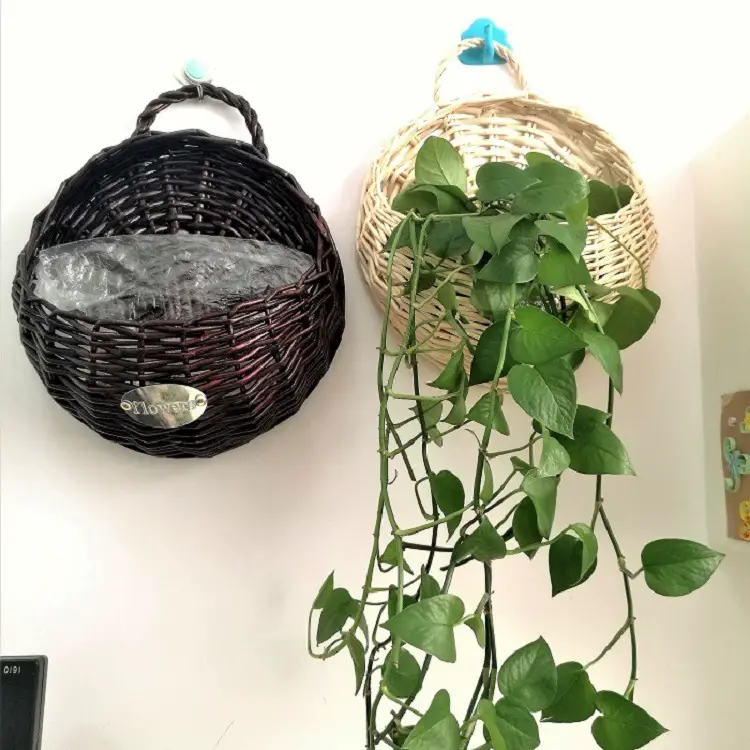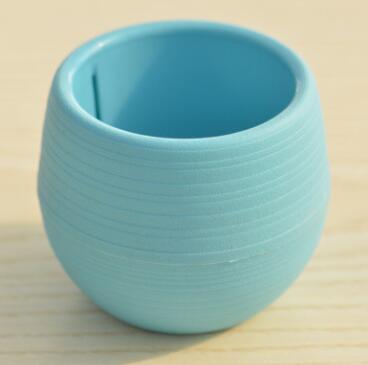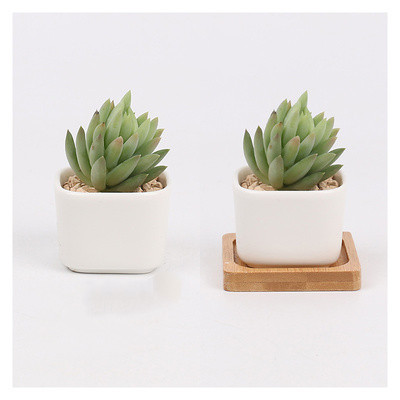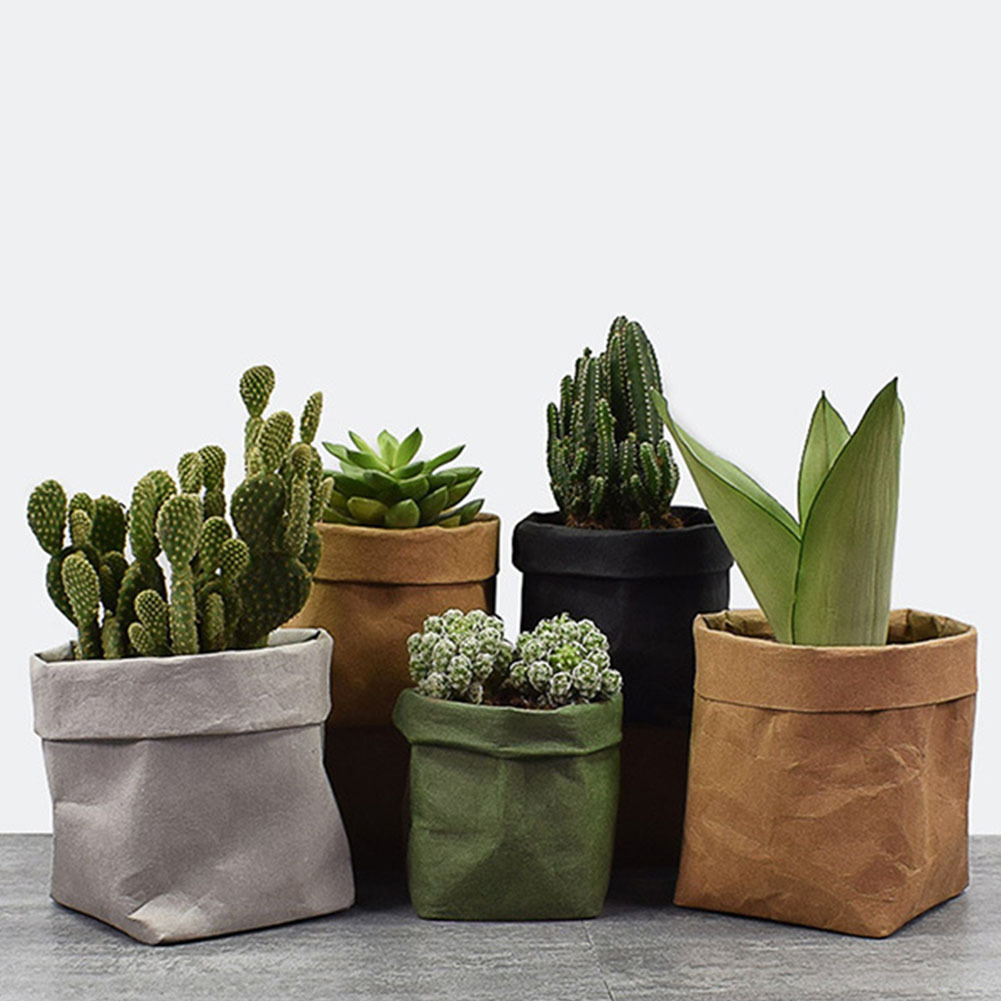Design Ideas for Stunning Container Arrangements
Container gardening has emerged as a versatile and creative way for both seasoned gardeners and novices to indulge their passion for plants. Ideal for urban dwellers or anyone looking to maximize their gardening potential in confined spaces, container arrangements bring nature closer, even amidst a cityscape. Whether transforming a balcony, a simple windowsill, or a sprawling patio, the possibilities with container designs are endless. This article explores various design ideas to help you create stunning container arrangements, offering a slice of nature wherever you choose to place them.
Thriving Oasis on Windowsills: Enjoying Indoor Container Gardens
Indoor container gardens offer a unique opportunity to bring greenery into your home, no matter the size of your living space. Windowsills, often overlooked, can be transformed into thriving horticultural oases. By carefully selecting containers and appropriate plant varieties, homeowners can create miniature gardens that brighten up indoor spaces and improve air quality.
Choosing the Right Containers
Selecting the right container is the first step in designing a successful windowsill garden. The ideal container must fit your aesthetic while providing adequate room for root growth and water drainage. Materials such as terracotta, ceramic, metal, or even high-quality plastics can add distinct visual appeal. Ensure that each pot has drainage holes to prevent root rot and waterlogging.
Selecting Suitable Plant Varieties
The choice of plants should reflect the light conditions of your windowsill. For bright, sunny windowsills, opt for succulents, cacti, or herbs like rosemary and thyme that thrive in direct sunlight. Shadier windowsills can be home to ferns, peace lilies, or pothos, which require indirect light. Mixing different plant species can add texture and depth to your arrangement, creating a dynamic visual display.
Creating Aesthetic Arrangements
Designing container gardens involves more than just functionality; it’s about creating a visual story. Contrast plant textures with foliage colors to create a vibrant display. Consider using a monochromatic scheme for a calming effect or a multicolored array for a lively atmosphere. Incorporating various plant heights can add dimension, while hanging planters create visual layers that maximize vertical space.
Maintenance and Care
The success of a windowsill garden depends largely on proper care. Regular watering, appropriate fertilization, and occasional pruning are vital to keep your indoor oasis thriving. Rotate pots periodically to ensure equal light exposure for all sides of the plants. Moreover, be mindful of seasonal variations in sunlight and adjust plant locations as necessary.
Designing Outdoor Container Arrangements
Moving outdoors opens up even larger possibilities for container gardening. Whether you have a small patio or an extensive garden area, container plants can provide structure, color, and life, offering flexibility in design and placement.
Choosing Outdoor Containers
Outdoor containers should be durable and suited to withstand weather changes. Gardeners might favor large ceramic pots for their classic look or opt for lightweight fiberglass resemblances to aid in mobility. Incorporating unconventional items like old wooden crates or metal tubs can add uniqueness and charm to an arrangement.
Seasonal Plant Selection
Choosing plants that flourish in your local climate ensures that they remain healthy and vibrant throughout the seasons. Fall months can feature hearty and colorful chrysanthemums, while summer can be bursting with petunias and marigolds. For year-round interest, consider evergreen species or perennials that maintain foliage or bloom during different parts of the year.
Feature and Focal Plants
Focal plants, such as ornamental grasses or dwarf trees, can serve as striking centerpieces in larger arrangements. Their towering presence against smaller filler plants leads to visually appealing results. A prominent example is the Blue Point Juniper, which thrives in both pots and landscapes, offering dense green foliage that remains vibrant with minimal care.
Key Care Tips for Blue Point Juniper in Pots
Growing larger plants like the Blue Point Juniper involves specific care to ensure their thriving health, especially when confined to containers. Here are essential guidelines to nurture these resilient evergreens:
Choosing the Right Pot
Due to their potential size, selecting appropriately-sized pots is critical. The chosen pot should be large enough to accommodate root growth and provide stability. Ensure it has good drainage, as junipers are susceptible to root rot in overly damp conditions.
Soil and Fertilization
Blue Point Junipers prefer well-draining, slightly acidic soil. A mix of sand, peat, and bark is ideal for retaining just the right amount of moisture. Fertilize with a balanced, slow-release fertilizer in spring to encourage robust growth, but refrain from over-fertilizing, as these plants do well without excessive nutrients.
Watering Regimen
While they are drought-tolerant once established, junipers do require regular watering in their early stages. Allow the top layer of soil to dry out between waterings, preventing over-saturation. During hotter months, increase the frequency of watering, ensuring that the plant effectively absorbs water without sitting in it.
Pruning and Maintenance
Regular pruning is essential to maintain the desired shape and size of the Blue Point Juniper. Remove dead or diseased branches to improve airflow and reduce disease risk. Pruning also enables sunlight to penetrate inner foliage layers, maintaining the plant’s health.
Creative Combinations and Layering
Combining plant varieties in a single container creates lush, dense arrangements that intrigue the eye. To achieve this, consider the "thriller, filler, spiller" design framework, which involves:
- Thrillers: Tall, striking plants that serve as focal points. For instance, ornamental grasses or solitary flowering plants.
- Fillers: Mid-height plants to add volume and complement the thriller. Opt for bushy types like begonias or pansies.
- Spillers: Trailing plants that cascade over container edges for a softening effect. Popular choices are trailing ivy or sweet potato vines.
Layering these components provides a full, well-rounded appearance while using every inch of space efficiently.
Edible Container Gardens
Integrating edibles into container arrangements offers both aesthetic and practical benefits, with the reward of homegrown produce. Many edibles like cherry tomatoes, lettuce, strawberries, or herbs adapt well to container life.
Selecting Edible Varieties
Consider plant varieties suited for your container’s size and local environment. Patio cucumber plants or dwarf fruit trees are exciting choices for larger containers, while smaller pots can house various herbs or microgreens. Mix in flowering edibles like nasturtiums to add beauty and variety to your garden.
Maintaining Edible Gardens
Edible plants generally require more consistent watering and fertilization than ornamental plants. Use organic fertilizers or compost to enrich the soil, promoting healthy crop yields. To prevent pests and diseases, employ mulches and companion plants as natural deterrents.
Advanced Design Techniques
For those seeking to extend their container gardening skills, try advanced techniques such as water features or lighting to enhance arrangement appeal.
Incorporating Water Features
Adding small water features can create a relaxing atmosphere that engages additional senses beyond sight. Consider incorporating mini fountains or water bowls within or near larger container arrangements. The gentle sound of trickling water can transform a patio into a tranquil retreat.
Using Lighting
Strategically placed lights can highlight your container gardens, adding an enchanting glow come dusk. Solar-powered stakes, fairy lights, or LED uplighting can illuminate key plants, casting intriguing shadows and effects. Lighting not only enhances beauty but also allows you to appreciate your garden during evening hours.
Conclusion
Container gardening offers endless opportunities for creative expression and experimentation, making it accessible and rewarding for everyone. By combining artful design with the right plant selection, containers can transform any space—from windowsills to patios—into vibrant landscapes. Whether you’re nurturing a Blue Point Juniper in a pot or crafting a cohesive arrangement of vivid flowers and foliage, understanding the essentials of container care and design can lead to stunning results. Ultimately, the key is to explore, enjoy, and adapt your gardening to fit your unique taste and space, unlocking the potential to enjoy a touch of nature wherever you reside.


